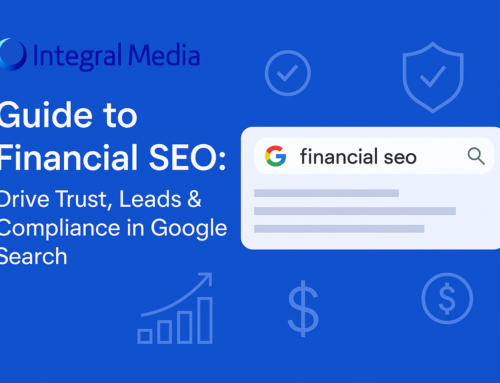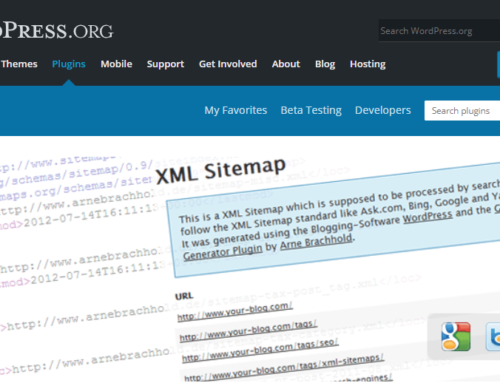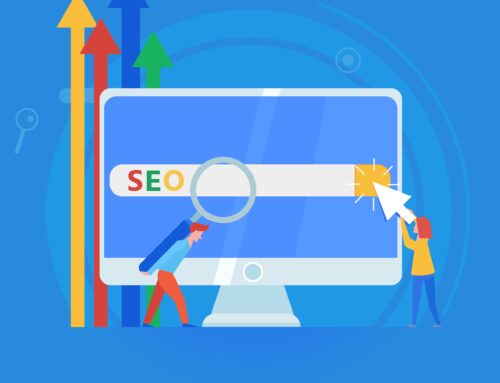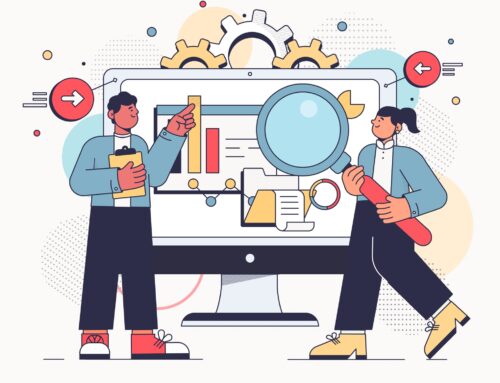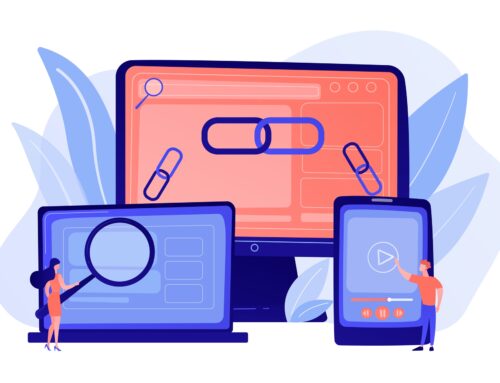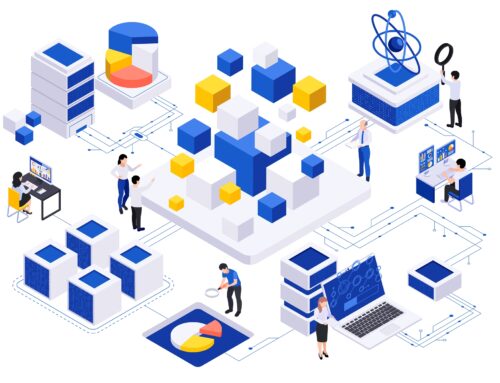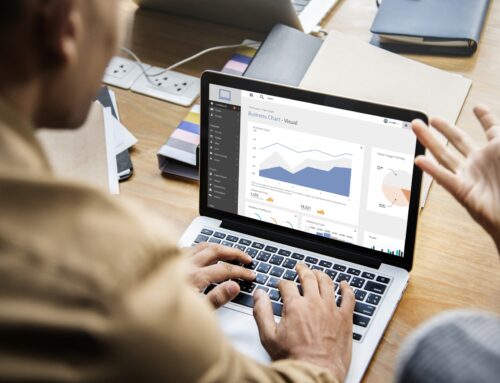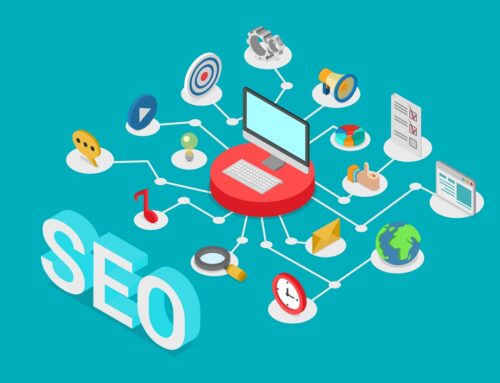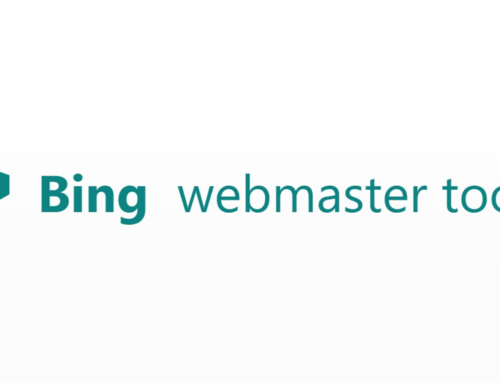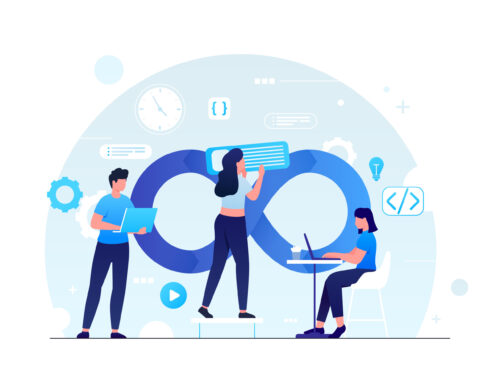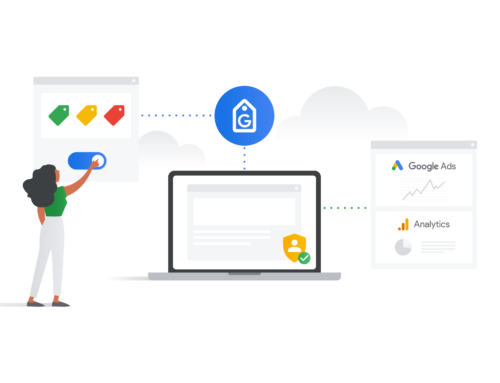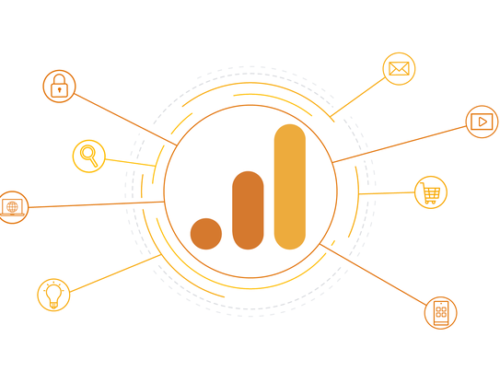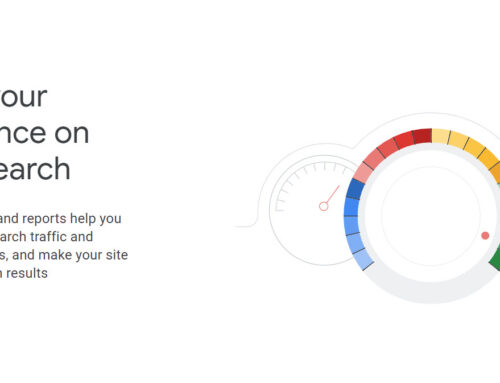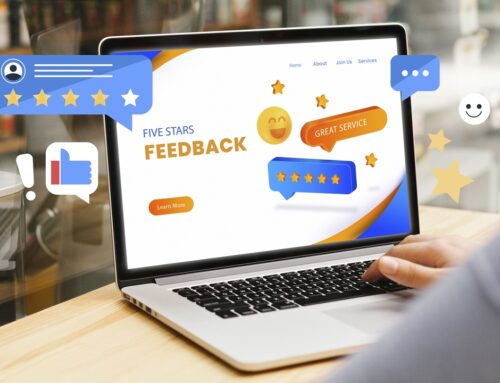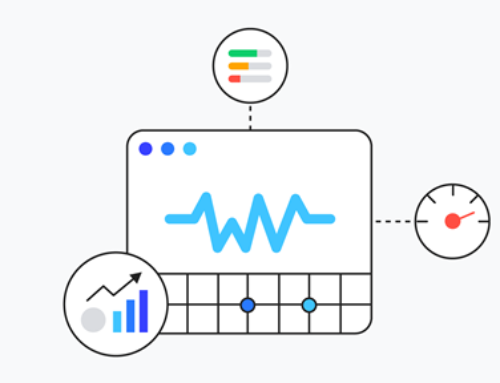Crawl optimisation or also known as crawl budget optimisation, refers to maximising the efficiency and effectiveness of search engine crawlers when they visit your website. Crawling is the process by which search engines scan and index the content of websites, and it is a critical aspect of Search Engine Optimisation (SEO).
Crawl optimisation is essential for ensuring that search engines crawl the most important pages of your website and avoid wasting resources on low-value content. By optimising your website for crawling, you can improve your search engine rankings and increase the visibility of your site in search engine results pages (SERPs). This can ultimately lead to increased traffic and conversions for your website.
Boosting Search Engine Visibility: How Crawl Optimisation Enhances Your SEO Strategy
Crawl optimisation is an important process that can help enhance your SEO strategy and improve the visibility of your website in search engine results pages. Crawl optimisation involves various techniques, such as prioritising important pages, avoiding duplicate content, identifying crawl errors, and improving site speed.
By optimising your website for crawling, you can improve your search engine visibility and drive more organic traffic to your website, ultimately leading to increased revenue and conversions.
Search engine exposure has become essential for businesses in today’s internet age. Given that so many customers now use search engines to locate goods and services online, having a strong online presence and high search engine visibility may have a big influence on a company’s performance.
Key reasons why search engine visibility is crucial for businesses are listed below:
- Increase in website traffic
- Improved brand awareness
- Competitive advantage
- Cost-effective marketing
- Long-term benefits
Crawl Optimisation And Its Role In SEO
Crawl optimisation is a process that involves optimising a website to ensure that search engines can crawl and index its pages effectively. This is an essential aspect of SEO because if search engines cannot crawl a website, it will not appear in search results, leading to lower visibility and traffic.
Prioritising Important Pages
By optimising a website for crawling, businesses can ensure that search engines crawl and index their most important pages first. This can improve the chances of these pages ranking higher in SERPs.
Avoiding Duplicate Content
Crawling can identify duplicate content on a website, which can harm SEO efforts. By optimising a website for crawling, businesses can prevent search engines from wasting resources on indexing duplicate content.
Crawl Error Identification
Crawling can also identify technical errors on a website that may hinder SEO efforts. By optimising a website for crawling, businesses can identify and fix crawl errors, such as broken links, missing meta tags, and other technical issues that may negatively impact SEO performance.
Site Speed Improvements
Crawl optimisation can also help improve a website’s speed and load times, which is a critical factor in SEO. Faster-loading pages can improve user experience and reduce bounce rates, which can ultimately improve search engine rankings.
Understanding Crawl Optimisation
Crawl optimisation is the process of optimising a site’s architecture, structure, and content to ensure that search engine crawlers can easily and effectively crawl and index its pages, to help search engines better understand and interpret a website’s content, which can improve its visibility and ranking in search engine results pages.
What Is A Crawl Budget?
Crawl budget is the number of pages that search engine crawlers are willing to crawl and index on a website within a certain period of time. It is based on the crawl rate limit, which is the maximum number of requests a crawler can make to a website in a given time frame.
Crawl budget is important because if a website has a large number of pages, and search engine crawlers cannot crawl and index all of them, some pages may not appear in search results, resulting in lower visibility and traffic. Crawl budget can be influenced by various factors, including website architecture, internal linking structure, and the number of crawl errors on a website.
How Do Search Engines Crawl And Index Websites?
Search engines crawl and index websites by using software programs called crawlers, spiders, or bots. These programs start by visiting the website’s home page and following the links on that page to other pages on the site.
The crawlers use complex algorithms to analyse the content of each page and determine its relevance and value to users. The indexing process involves extracting information about the page, such as its title, meta description, and keywords, as well as the text content and images.
Search engines then use this database to generate search results when users enter a search query. The search engine algorithm analyses the content and the relevance of each page in the database to determine which are the best results to display for each particular search query.
Factors Affecting Crawl Optimisation
Crawl optimisation is a crucial aspect of SEO, as it can greatly impact a website’s visibility and ranking in search engine results pages. However, several factors can affect crawl optimisation, so understanding these factors is essential to ensure a website is effectively crawled and indexed by search engines.
Site Architecture And Structure
Website architecture and structure can greatly affect crawl optimisation. A well-organised and logical website structure makes it easier for search engine crawlers to navigate and understand a website’s content.
On the other hand, a poorly structured website with broken links, duplicate content, and other technical issues can negatively impact crawl optimisation and harm a website’s visibility in search engine results pages.
Internal And External Linking
Internal links are the connections between pages and sections of a website that are made within that website. Businesses may efficiently steer search engine crawlers to the most essential pages on their site by employing internal linking.
On the other hand, external linking describes the links that are sent to a company’s website from other websites. High-quality external links can increase a website’s authority and trustworthiness in the eyes of search engines, which can lead to increased crawl rates and search engine exposure.
Whereas, low-quality external links or broken connections can negatively impact crawl optimisation and the search engine ranks of a website.
Page Load Speed
Page load speed can have a significant impact on crawl optimisation. Search engine crawlers prioritise websites that load quickly, as faster load times can improve user experience and satisfaction.
Slow-loading pages can negatively impact crawl optimisation, as search engine crawlers may not have sufficient time to fully crawl the website, resulting in incomplete indexing and decreased visibility in search engine results pages.
By improving page load speed, businesses can improve their website’s ‘crawlability’, increase their search engine visibility, and ultimately attract more organic traffic.
Mobile-Friendliness
Mobile-friendliness is a critical factor in crawl optimisation, particularly with the increasing usage of mobile devices for online searches. A mobile-friendly website that is optimised for mobile screens and navigation can improve user experience and satisfaction, which can lead to increased search engine visibility and traffic.
Search engine crawlers prioritise websites that are mobile-friendly, as they can be accessed by a wider range of users and devices. In contrast, websites that are not optimized for mobile can negatively impact crawl optimisation and hurt a website’s search engine rankings.
Duplicate Content
Search engines prioritise unique and original content, and websites with duplicate content may be penalised and pushed down in search engine results pages. By optimising their website for duplicate content, businesses can ensure that search engines prioritise the most important and unique pages on their website, and avoid extinguishing resources on duplicate content.
Best Practices For Crawl Optimisation
Crawl optimisation is a critical aspect of SEO that can greatly impact a website’s search engine visibility and traffic. To ensure optimal crawl optimisation, businesses should follow best practices such as optimising website architecture, avoiding duplicate content, and improving page load speed.
Improving Website Architecture And Navigation
Improving website architecture and navigation is a crucial step towards optimising crawl optimisation. Search engines prioritise websites with a clear and organised structure, as it allows them to crawl and index the website’s content efficiently.
To optimise website architecture and navigation, businesses should prioritise clear and concise URLs, use breadcrumb navigation, and implement a hierarchical structure for their website’s pages.
Optimising Internal Linking
Optimising internal linking is another important aspect of crawl optimisation. Internal linking helps search engine crawlers navigate and index a website’s content, and can also improve user experience and engagement. To optimise internal linking, businesses should ensure that all pages have at least one internal link pointing to them, use descriptive anchor text for links, and prioritise linking to important pages.
Enhancing Page Load Speed
Enhancing page load speed is also a critical factor in crawl optimisation. Search engines prioritise websites that load quickly, as it improves user experience and engagement.
To optimise page load speed, businesses should prioritise image optimisation, minimise HTTP requests, and leverage browser caching. They can also use tools such as Google’s PageSpeed Insights to identify and address any performance issues.
Ensuring Mobile-Friendliness
Search engines prioritise mobile-friendly websites in their search results as more consumers access web pages from mobile phones and tablets. Businesses should prioritise mobile usability, utilise a responsive design for their website, and stay away from Flash and pop-ups to guarantee that their website is mobile-friendly.
Businesses may enhance crawl optimisation, raise search engine exposure, and ultimately drive more organic traffic to the website by guaranteeing mobile friendliness.
Managing Duplicate Content And Canonical Tags
Duplicate content can harm a website’s search engine rankings, as it can confuse search engines and divide page authority. To manage duplicate content, businesses should use canonical tags to indicate the preferred version of a page, use 301 redirects to redirect duplicate content to the preferred version, and avoid creating duplicate content in the first place.
Crawl Optimisation Tools And Resources
Crawl optimisation tools and resources play a vital role in helping businesses optimise their websites for search engine crawling and indexing. From website auditing to technical SEO analysis, these tools provide valuable insights and recommendations to enhance crawl optimisation and improve search engine visibility.
Google Search Console
Google Search Console is a free tool provided by Google that allows website owners to monitor and manage their website’s presence in Google search results. It also provides valuable information on website crawling and indexing, including crawl errors, crawl statistics, and crawl status.
Website Crawling Tools
Some popular tools include Screaming Frog, Ahrefs, SEMrush, Moz, DeepCrawl, and Sitebulb. These tools can crawl websites to identify technical issues, such as broken links, missing meta tags, duplicate content, and other crawl-related issues.
Site Speed Testing Tools
Site speed testing tools such as Google PageSpeed Insights, GTmetrix, Pingdom, and WebPageTest can help businesses identify website speed issues that can impact crawl optimisation. These tools can provide insights into various aspects of website speed, including page load time, page size, number of requests, and server response time.
By using site speed testing tools, businesses can identify areas for improvement, such as image optimisation, minification of HTML, CSS, and JavaScript, and enabling browser caching, to improve site speed and ultimately enhance crawl optimisation
Mobile-Friendly Test Tools
Google’s Mobile-Friendly Test, Bing’s Mobile Friendliness Test Tool, and Website Grader by HubSpot are some mobile-friendly test tools available to help businesses optimise their website for mobile devices.
These tools analyse a website’s mobile-friendliness and provide recommendations for improvement, such as optimising images and fonts for mobile devices, using responsive design, improving page load speed, and ensuring touch elements are large enough to be easily tapped.
Measuring The Impact Of Crawl Optimisation
Measuring the impact of crawl optimisation is essential to determine the effectiveness of your SEO strategy. By analysing various metrics, businesses can gain insight into the performance of their website and make data-driven decisions to further enhance crawl optimisation.
Key Performance Indicators To Track
There are several key performance indicators (KPIs) that businesses can track to measure the impact of crawl optimisation on their website’s SEO performance, such as:
- Website traffic
- Bounce rates
- Time on site
- Conversion rates
- Page load speed
- Mobile-friendliness
- Click-through rates (CTR)
By tracking these KPIs, businesses can identify areas for improvement in their crawl optimisation strategy
Monitoring Crawl Stats And Errors
Businesses can use tools like Google Search Console to track crawl stats such as pages crawled per day, kilobytes downloaded per day, and time spent downloading a page. They can also monitor crawl errors, such as 404 errors, server errors, and soft 404 errors, and take corrective actions to fix them.
Evaluating Improvements In Search Engine Visibility And Rankings
Businesses can use tools like Google Analytics to track organic search traffic and the performance of specific landing pages. They can also monitor their search engine rankings for target keywords using tools like SEMrush or Ahrefs.
By regularly evaluating these metrics, businesses can determine the effectiveness of their crawl optimisation efforts and make adjustments as needed to improve their search engine visibility and rankings.
Use Integral Media As Your Crawl Optimisation Experts
Looking to boost your online presence and improve search engine visibility? Let our experienced SEO agency, Integral Media, help you get the job done. We know that crawl optimisation is critical for enhancing a website’s visibility in search engine results pages.
With our guidance and support, businesses can prioritise important pages, avoid duplicate content, identify crawl errors, improve site speed, and ensure mobile-friendliness, ultimately leading to increased organic traffic to their website.
Don’t miss out on the benefits of crawl optimisation. Contact Integral Media today and start improving your online visibility.



